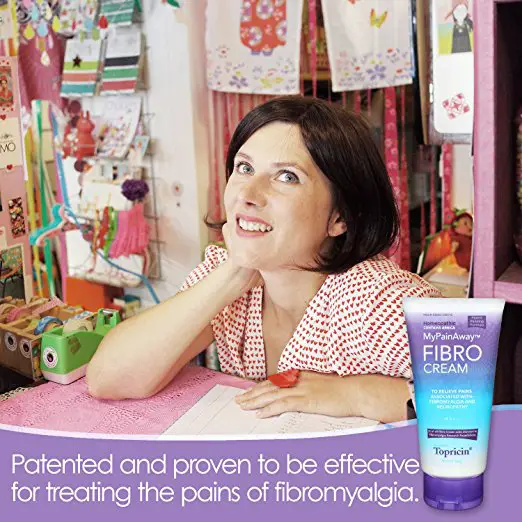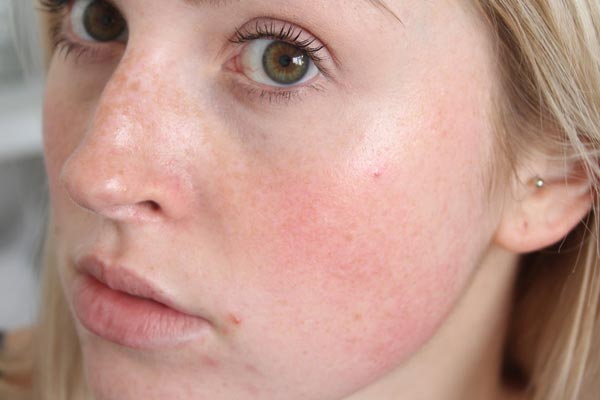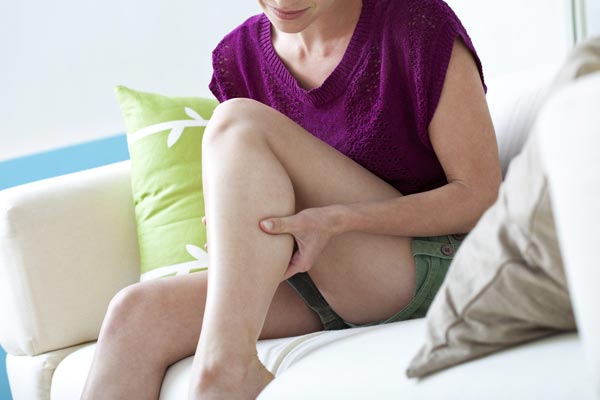Feeling Flushed? How Fibromyalgia Affects the Skin
Fibromyalgia is an illness that causes widespread muscle pain and discomfort, as well as fatigue, memory loss, mood imbalances and pressure/trigger points that are painful to the touch.
The disorder can be managed through medication, lifestyle changes, and stress reduction.
It is a disease that causes extreme discomfort to its victim and can result in lifelong chronic pain. It is believed that 20 out of every 1000 people suffer from fibromyalgia.
Symptoms of Fibromyalgia
The symptoms of fibromyalgia include the following:
- Pain
- Anxiety
- Memory problems and concentration issues
- Depression
- Fatigue
- Headaches
- IBS (Irritable Bowel Syndrome)
- Morning stiffness and aches
- Sleep issues and fatigue
- Numbness and tingling in hands, arms, legs, and feet
- Tender or trigger points
- Urinary problems such as pain or frequency
- Rash/red skin particularly on the face
Pain is the most common symptom of fibromyalgia and is often what sends people to their doctor.
The pain can vary and be sharp, dull, deep, aching or throbbing. The pain is generally felt in muscle, ligaments, and tendons around the joints.
Along with the chronic pain, fibromyalgia sufferers may also have tender points that hurt when pressed with a finger. These are often not deep pain but are located on the surface of the skin.
Fatigue is the second highest complaint among fibromyalgia patients. Many complain of continued tiredness despite getting enough sleep.
They claim the sleepiness is constant and limits their abilities to function in a normal capacity. Simple tasks like folding laundry or going for groceries can leave patients feeling exhausted.

Check the prices for bestseller Topricin FIBRO Pain Relieving Cream on Amazon
Red Face
A red face or rash is a common symptom of fibromyalgia. It generally appears across the nose and over the cheeks and can range from being so red that it looks like sunburn to a bad case of acne that appears more as red dots than a full rash.
This rash across the middle of the face has also been referred to as the “butterfly” rash because of the shape it forms across the nose and cheeks.
50 to 80 percent of fibromyalgia patients have skin problems, particularly rashes. These rashes can be very uncomfortable, make it hard to sleep and make people feel self-conscious.
The rash is usually red and can be raised and bumpy or flat. It can often cause itchiness, soreness and a crawling sensation on the skin.
The specific cause of the rash experienced by fibromyalgia sufferers is unknown. It has been suggested that it may have to do with an immune reaction that causes the skin to become more sensitive.
Some people who have fibromyalgia are sensitive to light, which can be the cause if skin redness, rashes, and soreness.
Aside from the rashes, fibromyalgia victims often have dry skin which further intensifies the itchiness and rash.
The dry skin is most noticeable in the hands and fingers. Numbness, tingling and burning sensations are often reported with the dry skin.
Tips to Manage Red Face
There are ways to relieve the discomfort and itchiness caused by the face rash. They include:
Drinking lots of water; to stay healthy, your body and skin need to be well hydrated. One way to know if you are hydrated enough is to do the urine test.
If your urine is clear or light yellow, then you are well hydrated. If the urine is dark yellow, then increase your water intake right away as you are at risk of becoming dehydrated.
Apply cream or lotion on your skin daily. Use a cream or lotion that includes natural products. It must be free of artificial colors or fragrances, which can further aggravate the skin.
Use sunscreen. Whether you have fibromyalgia, dry skin or perfect skin, it always important to protect your skin from the sun. Use an SPF of 30 or higher.
Eat healthily. Again, eating healthy is important regardless of any skin problems or a fibromyalgia diagnosis, but it can certainly help skin rashes.
Avoid fast food and refined sugar. Stick to lean meats, fruits, and veggies to keep your skin healthy and smooth.
Fibromyalgia patients also tend to have extremely sensitive and tender skin. They may bruise or scar easier than the average person.
What Causes Fibromyalgia?
Researchers have struggled for years to determine exactly what causes fibromyalgia. After decades of tests and research, it has been discovered that the following factors play a role:
- Infections – prior illnesses or infections may cause fibromyalgia or worsen an already present condition.
- Genetics – Fibromyalgia can be hereditary. If someone in your family has it, your risk of developing it is higher.
- Trauma – fibromyalgia has been linked to Post Traumatic Stress Disorder (PTSD).
- Stress – long-term and extreme stress can result in fibromyalgia. Stress has been linked to hormonal disturbances that may contribute to the disease.
What are the Risk Factors for Fibromyalgia?
Due to the fact that an exact cause of fibromyalgia has yet to be discovered, it is also difficult to determine the risk factors.
All of the above factors that could play a role in fibromyalgia can also be considered risk factors.
Other risk factors include:
- Gender – women account for 80 to 90 percent of all fibromyalgia cases, although the reason for this is not known.
- Disease – having a rheumatic disease such as lupus or rheumatoid arthritis could increase your risk of developing fibromyalgia
Conclusion
Fibromyalgia is a disease of pain, discomfort, fatigue and red face. It can leave you with memory loss, difficulty focusing, dry skin and a rash that forms the shape of a butterfly across your nose and cheeks.
Along with the pain often comes an inability to participate in daily activities and maintain a normal, active life.
The red face can cause embarrassment, soreness, itchiness and difficulty sleeping. This is a terrible disease where an exact cause is yet to be scientifically proven.
Luckily there are treatments and medications to relieve the soreness and itchiness of the rashes and ease the pain and discomfort.







A LOT of symptoms are the same, but the “butterfly rash” is common to Lupus.
Thank you for this very informative article particularly with regards to the red rash, which I have. It was the first symptom of fibromyalgia I ever had, it would feel like ants crawling across my cheeks, or a painful sudden sharp prickly sting. It can become incredibly itchy, and only appears on my cheeks and nose. I experienced this for months with no other symptoms except extreme sensitivity to temperature, and sound, so I initially dismissed it. The skin under the flush can be slightly swollen. It also burns, and appears just before or during a flare. Because of this, I was convinced as the poster above says, that I had Lupus, but I was tested and all tests were negative, this was a start of the merry go round trying to get answers, finally once the pain became so bad I couldn’t walk, I was finally diagnosed, but it alarms me that the rash is not mentioned as symptom of fibromyalgia. Knowing this would enable doctors to diagnose it quicker. People only associate it with Lupus. There is a lot of crossover with both these conditions, I hope that researchers one day get to the bottom of it.